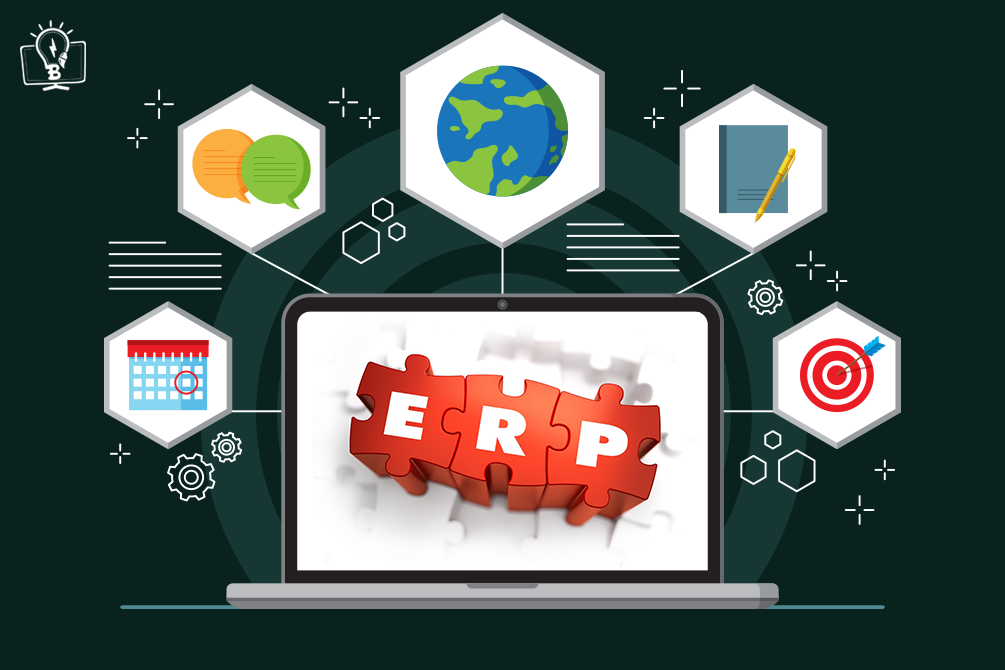Amazon, the ecommerce giant recently received an approval on a patent for On-Demand Clothing Manufacturing Warehouse. This news has been doing the rounds on the internet recently. For those who are unaware, Amazon will come up with an ecommerce automation system that enables personalized end-to-end printing and warehousing operations. You can read one of these news pieces if you want to know about the numerous ways in which it is going to benefit its customer base.
We did not share this news just for the sake of it. There was an intent behind sharing it. Or perhaps, a shout out to ecommerce store owners who rejoice merely upon having a web-to-print software solution. The ways in which ecommerce industries are advancing, it seems that just having a web-to-print facility will not suffice. You need to have automation solution that helps you to channel incoming orders from your online storefront directly into production workflows.
Also known as web-to-print ERP, it is a perfect way to boost your profit margins and address the pain points that hinder your print production cycle. So, what are the ways in which a print ERP system can benefit your business? We will shed some light on that today.
1. Easy Inventory Management
As an ecommerce store owner, it is quite likely that you are selling numerous products. You also might have different warehouses at different locations. Now, you cannot be omnipotent and get real time updates/control over inventory. You need a system that helps you streamline your supply chain management. So, what if you had a system that keeps all the information about your vendors and inventory at a centralized location? Would work great! Wouldn’t it?! Once implemented, it will help your sales team to generate purchase orders and send them to the vendors from the system per se.
This will benefit in three ways. One, it will lessen your manual efforts. Two, it will make you efficient. And three, it will keep your customers satisfied and happy. Think about it.
2. Management of Print Files
The journey from designing to ordering is way more complicated than you think it is. An ideal print production cycle is usually like the one mentioned below:
Outwardly, it might seem like a six-step process. But if you think about it, so many things can go wrong. Let us say the final design had a typo and you need to send it back to the customer. Or, the red cartridge got over. Or, the material needed for printing was not available. If you do not address theses issues, things can go terribly wrong with the final production. Web-to-Print ERP Solutions help you get over these problems by notifying you about them on time.
3. Streamlined Shipping Management
Shipping management can get stressful. Especially if you deal with different shipping companies at once. A web-to-print ERP solution provides you with the facility to manage a lot of shipping features. Using it, you can create rules for calculating the delivery costs according to the weight of the parcel. You can also define the rules based on different delivery types that your business supports. So, whether you are dealing with FedEx, UPS, USPS, or DHL; your shipping task becomes extremely easy and stress-free.
Most of these systems work on Odoo technology. If you lack the technical knowhow as to how the shipping module works in an ERP, you can conduct R&D or speak with the professionals that are providing one of these solutions to you.
4. Enhanced Sales Management
Let us say you want to offer discount to certain loyal customers. In such a scenario, would you send individual emails to all of them? Of course, you can. But when you are handling a large-scale business, it is not feasible to spend a lot of time and efforts over such things. With a help of an automation system, you can just select the number of customers you want to send the discount offer to, create a common message, and click “send.” They will immediately receive an email about the offer you have made. Sounds great doesn’t it?!
Also, an ERP does not just work on the above-mentioned function. You can get it customized based on your sales management cycle. But before that, you must have a clarity on your requirements.
But, how does this work?
Well, it works like every other automation system does. All you need to do is define its flow from the backend. Once you’ve set the rules, it takes care of the entire web-to-print process. You can also edit and make changes in the flow as and when you want.
We hope this brings much clarity about print ERPs, their functioning, and benefits; before you start looking for an ERP for printing industry. If you are a large ecommerce enterprise, you should not wait for long before investing into one of these products. Cheers!








Follow with us